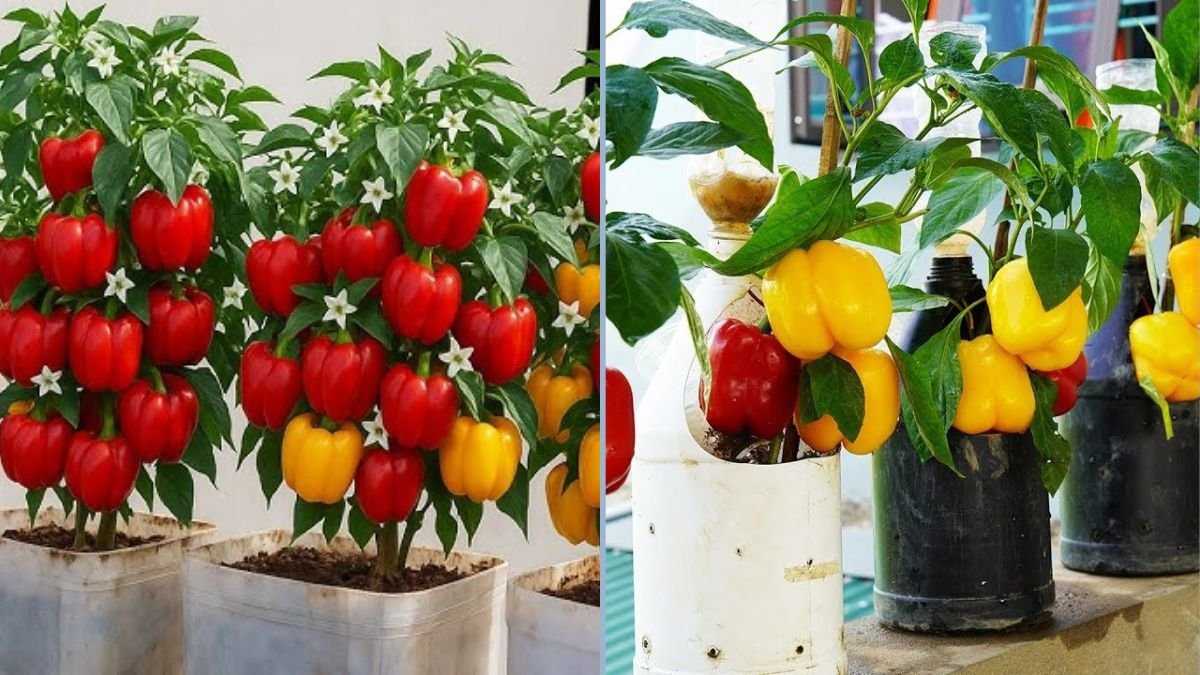Growing peppers can be one of the most rewarding experiences for home gardeners. From sweet bell peppers to fiery chili varieties, these vibrant plants not only brighten your garden but also provide delicious, nutrient-packed harvests. However, many gardeners struggle with slow growth, small fruits, or weak plants, often wondering why their peppers don’t thrive. The secret to explosive growth often lies not in fancy fertilizers or expensive chemicals, but in the right natural feeding method. In this guide, we’ll reveal a powerful, easy-to-use approach that can supercharge your pepper plants and dramatically increase yields.
Why Pepper Plants Need Extra Nutrients
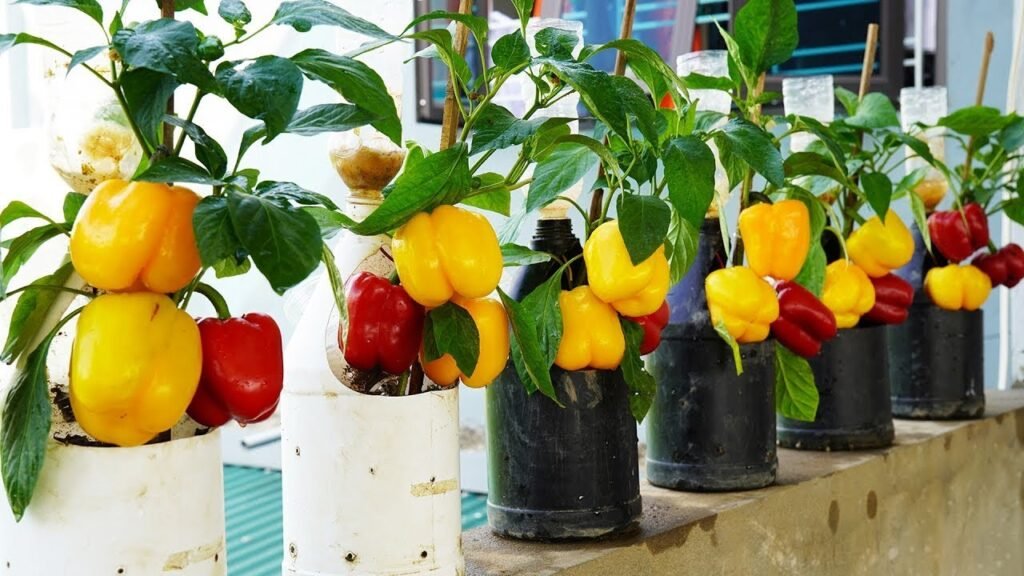
Peppers are heavy feeders. They require a consistent supply of nutrients to develop strong roots, lush foliage, and abundant fruit. While standard soil provides some nutrients, container-grown or garden peppers often need additional support:
- Nitrogen for foliage: Healthy leaves capture sunlight efficiently, powering photosynthesis and promoting strong growth.
- Phosphorus for roots and flowers: A robust root system and prolific flowering lead to bigger, healthier fruits.
- Potassium for fruit development: Potassium strengthens cell walls, enhances fruit size, flavor, and overall plant resilience.
Without proper feeding, pepper plants can become leggy, produce fewer flowers, and yield smaller, tasteless fruits.
The Trick to Explosive Pepper Growth
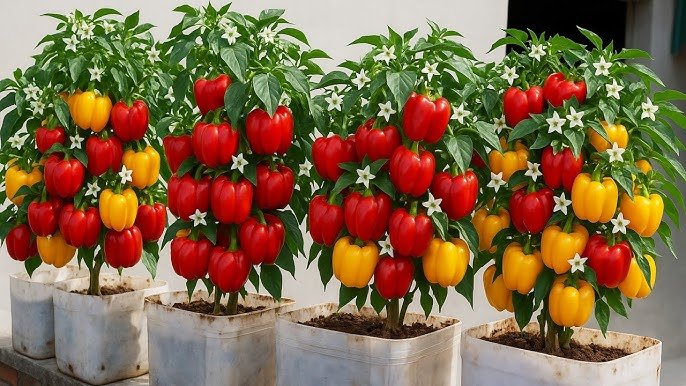
Many gardeners overlook a simple, natural solution that dramatically improves plant growth: organic liquid fertilizers or “plant teas.” These can be poured directly onto the soil or sprayed on the leaves for rapid nutrient absorption. One particularly effective mix combines compost, worm castings, and water to create a nutrient-rich tea that peppers absolutely love.
Benefits of Organic Liquid Fertilizers:
- Rapid nutrient delivery: Liquids reach the roots faster than solid fertilizers.
- Soil health improvement: Organic matter feeds beneficial microbes that improve nutrient availability.
- Stronger plants: Healthy soil microbiology supports root development, disease resistance, and overall vigor.
- Environmentally friendly: No synthetic chemicals are needed, making it safe for home gardens and pollinators.
Step 1: Choosing the Right Ingredients
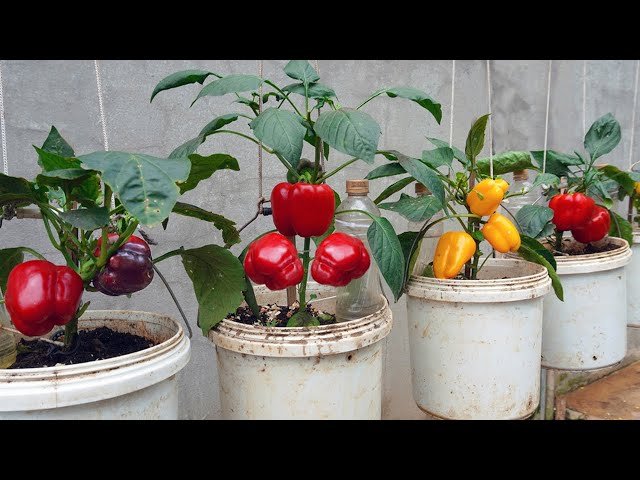
To create the ultimate growth-boosting solution for your peppers, gather the following ingredients:
- Compost: Rich in nutrients and beneficial microbes
- Worm castings: Packed with nitrogen, phosphorus, and potassium
- Water: Preferably rainwater or dechlorinated tap water
Optional ingredients for an extra boost include:
- Seaweed extract: Contains micronutrients and growth hormones that stimulate root and fruit development
- Molasses: Feeds beneficial microbes in the soil and improves nutrient uptake
These simple, natural ingredients combine to create a “super tea” that peppers love.
Step 2: Making the Fertilizer
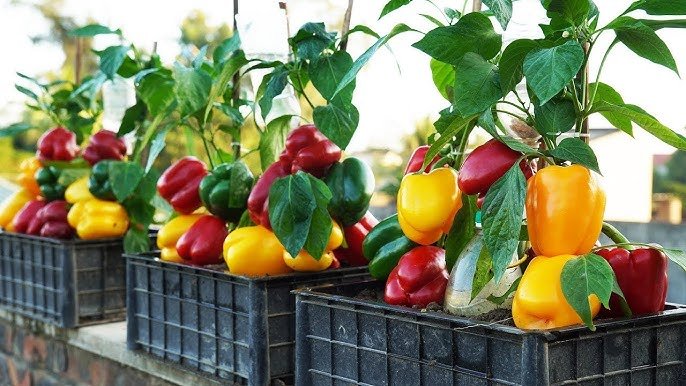
- Fill a bucket with 4–5 liters of water.
- Add 1–2 cups of compost and ½–1 cup of worm castings.
- Optional: Add 1–2 tablespoons of liquid seaweed extract or molasses.
- Stir thoroughly and let it steep for 24 hours, stirring occasionally to release nutrients into the water.
- Strain the mixture to remove solids and create a smooth, nutrient-rich liquid.
This simple preparation produces a liquid fertilizer packed with nitrogen, phosphorus, potassium, and trace minerals essential for pepper growth.
Step 3: Applying the Fertilizer
Application is simple and can be done every 1–2 weeks during the growing season:
- Soil drench: Pour the liquid directly onto the base of each pepper plant, ensuring the roots receive maximum nutrients.
- Foliar spray: Fill a spray bottle and lightly mist the leaves, allowing nutrients to be absorbed through the foliage. Avoid spraying during the hottest part of the day to prevent leaf burn.
With regular application, you’ll notice peppers growing taller, leaves becoming darker green, and flowers multiplying—signs that your plants are thriving.
Step 4: Supporting Healthy Pepper Growth
In addition to fertilizing, pepper plants need proper care to reach their full potential:
- Sunlight: Peppers require 6–8 hours of full sun daily. Without sufficient light, even the best fertilizer cannot trigger explosive growth.
- Watering: Keep the soil consistently moist but avoid waterlogging. Deep, consistent watering promotes strong root development.
- Pruning: Remove yellow or damaged leaves and pinch off early flowers to encourage the plant to focus energy on robust growth before heavy fruiting.
- Mulching: A layer of organic mulch conserves moisture, regulates soil temperature, and reduces weed competition.
When combined with regular liquid feeding, these practices ensure your peppers develop strong stems, healthy leaves, and abundant fruits.
Step 5: Recognizing Nutrient Deficiencies

Even with regular feeding, it’s important to monitor your plants for signs of nutrient deficiencies:
- Nitrogen deficiency: Yellowing leaves and stunted growth
- Phosphorus deficiency: Slow root development and poor flowering
- Potassium deficiency: Weak stems, curled leaves, and poor fruit quality
- Magnesium or calcium deficiency: Blossom end rot or leaf discoloration
By observing these signs, you can adjust your feeding routine or supplement with targeted nutrients to keep plants healthy.
Step 6: Harvesting for Maximum Flavor
A well-fed pepper plant not only grows vigorously but produces fruits with superior taste and size. For maximum yield:
- Harvest peppers when they reach full color for your variety—green, red, yellow, or orange.
- Use sharp scissors or pruning shears to avoid damaging the plant.
- Regular harvesting encourages continuous fruiting and prevents overripe peppers from slowing new growth.
Healthy, fertilized plants can continue producing peppers well into the growing season, giving you a bountiful harvest.
Step 7: Troubleshooting Common Pepper Problems
Even the best fertilizers won’t solve every issue. Here’s how to handle common problems:
- Aphids and spider mites: Spray with insecticidal soap or neem oil.
- Blossom end rot: Usually caused by calcium deficiency or inconsistent watering. Supplement calcium and water consistently.
- Leggy plants: Ensure peppers get enough sunlight and avoid over-fertilizing with nitrogen, which encourages leaves over fruits.
- Slow flowering: Increase phosphorus-rich supplements like bone meal or fish emulsion to stimulate flowers.
By combining proper care with your super fertilizer, your pepper plants can overcome most challenges.
Why This Method Works Better Than Store-Bought Fertilizers
Many commercial fertilizers are synthetic, providing a quick nutrient fix but lacking beneficial microbes and organic matter. By using a homemade liquid fertilizer:
- Nutrients are released slowly and absorbed efficiently
- Soil structure and microbial life are improved
- Plants grow stronger, more resilient, and healthier overall
- Risk of chemical buildup or toxicity is eliminated
Essentially, you’re feeding not just the plant, but the entire soil ecosystem, which promotes long-term garden success.
Conclusion
If you’ve struggled with slow-growing or underperforming pepper plants, this natural liquid fertilizer method is a game-changer. By combining compost, worm castings, and optional organic boosters, you can provide a steady stream of nutrients directly to your plants’ roots and leaves. When paired with proper sunlight, watering, and care, this approach can make your peppers explode with growth, producing bigger, healthier, and more flavorful fruits.
Forget expensive synthetic fertilizers and complicated hydroponic setups. With this simple DIY solution, your pepper plants will thrive, giving you abundant harvests season after season. Pour this nutrient-rich solution onto your peppers, watch them flourish, and enjoy the satisfaction of a garden that truly delivers explosive results.
